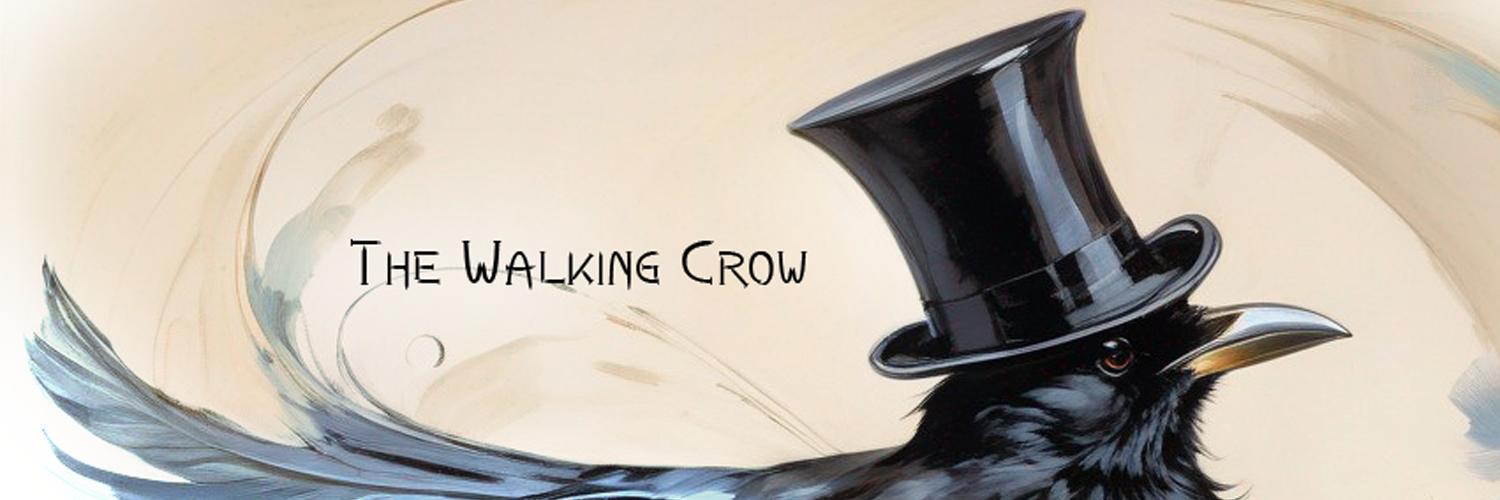Welcome to The Walking Crow
Discover a world where nature meets creativity. Dive into our latest tips on gardening, crafting, and woodworking.
This blog is a work in progress. There will be something new each week. Thank you for stopping by.
I have a vendor space at Bluebelle Local Mercantile in Columbus, GA.
I’m Jamie Sherfy. The Walking Crow is a showcase of my hobbies and things I find interesting.
This Blog is being created on the same principle.
I’m starting with plants and will add more catagories as I go. – Christian Bible, People, Health, Nature, Art, and of course, Crows.
I hope you find something wonderful.
Latest Blog Posts

Growing the Avonia
Avonia is a genus of dwarf succulents native to arid regions of southern Africa, thriving in harsh conditions. Common species include Avonia papyracea. They prefer well-draining soil, ample sunlight, and infrequent watering. Generally non-toxic, they contribute to indoor health. These slow-growing plants are ideal for small spaces or containers.

Growing the Astroworthia
Astroworthia is a hybrid succulent plant genus derived from Astroloba and Haworthia, featuring various cultivars like ‘Towering Inferno.’ These non-toxic plants thrive in well-draining soil under bright, indirect sunlight and prefer infrequent watering. They are ideal for small spaces and exhibit diverse textures and colors, with occasional flowering.

Growing the Asparagus Fern (Asparagus densiflorus ‘Sprengeri’)
The Asparagus Fern, scientifically known as Asparagus densiflorus ‘Sprengeri’, is a popular ornamental plant noted for its feathery foliage and cascading growth. Native to South Africa, it thrives in USDA zones 9-11, prefers bright indirect light, and requires regular watering and moderate to high humidity. The plant is toxic and requires careful handling.

Growing the Anthurium, Flamingo Flower
The Anthurium, also known as “Flamingo Flower,” is a tropical plant admired for its striking spathes and longevity. With over 1,000 species, it thrives in well-draining soil and high humidity. Although toxic if ingested, it enhances indoor environments while requiring consistent care, including careful watering and pruning.
Thank you for stopping by.
